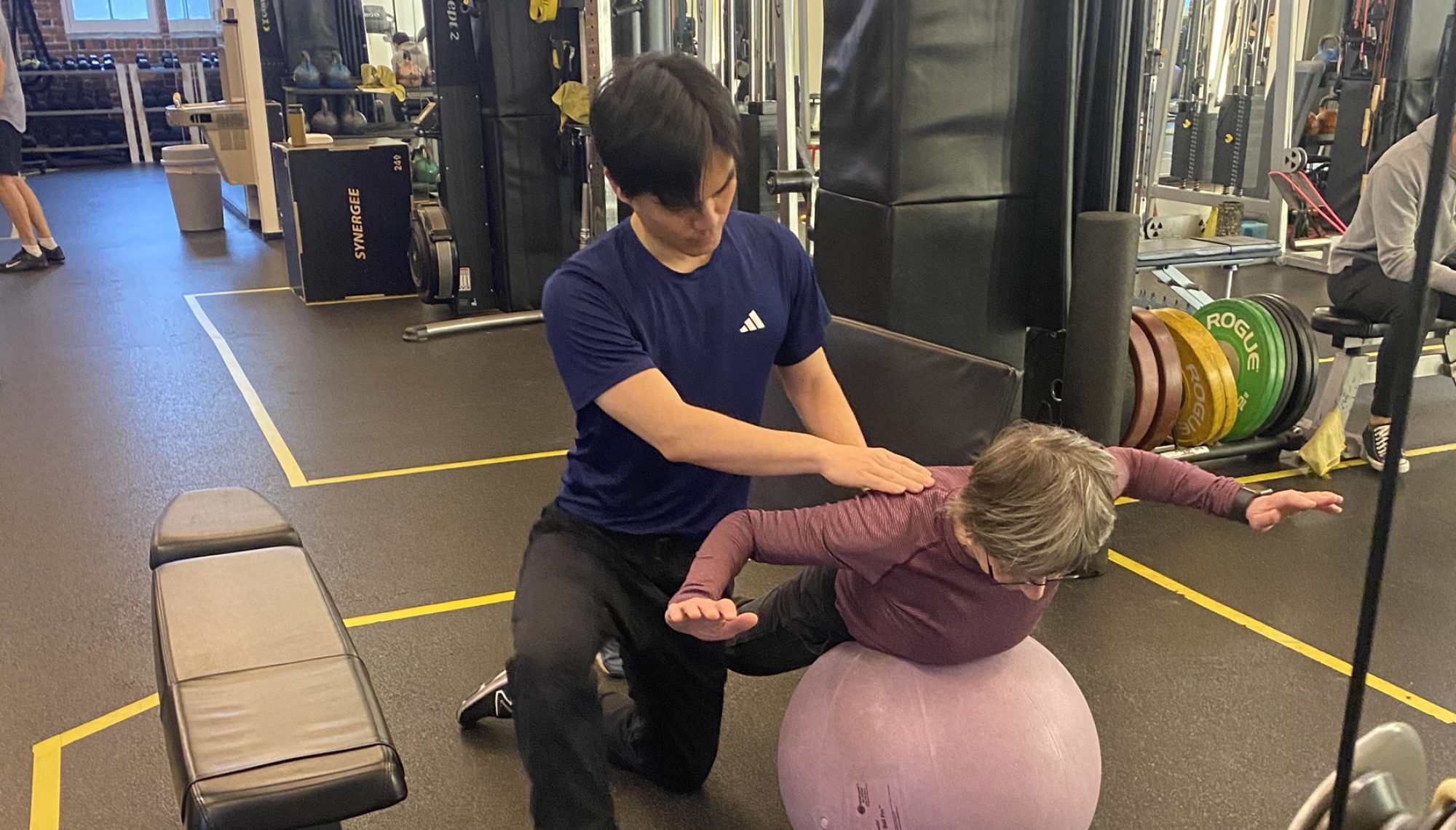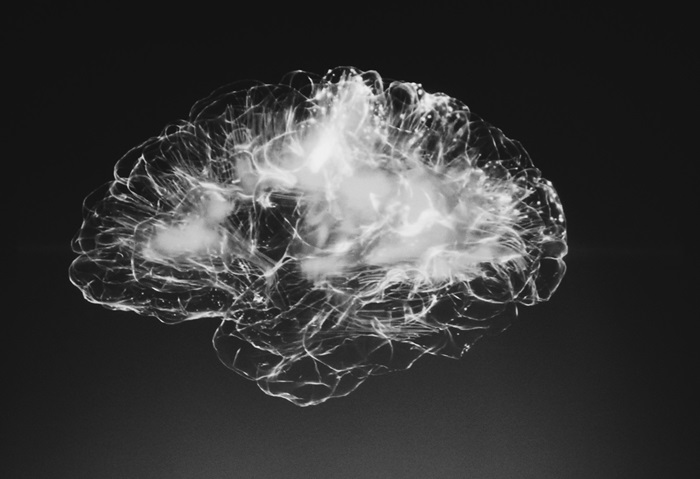As we age, staying active becomes increasingly important for maintaining overall health and well-being. Exercise is not just about staying fit; it has profound benefits for the brain and body, particularly for seniors. Thanks to neuroplasticity and the ability of muscles to grow at any age, exercise can significantly enhance the quality of life, no matter how old you are.
Neuroplasticity: The Brain’s Ability to Adapt and Learn
Neuroplasticity refers to the brain’s capacity to reorganize and form new neural connections throughout life. This remarkable ability doesn’t diminish with age, meaning seniors can still learn new skills, improve cognitive function, and recover from challenges like injuries or strokes.
How Exercise Promotes Neuroplasticity
- Improved Cognitive Health
Physical activity increases blood flow to the brain, stimulating the production of new neurons and enhancing connections between existing ones. This helps with memory, learning, and problem-solving skills. - Reduced Risk of Neurodegenerative Diseases
Regular exercise lowers the risk of conditions like Alzheimer’s and Parkinson’s by keeping neural networks active and healthy. - Faster Recovery from Brain Injuries
For seniors recovering from strokes or other neurological conditions, targeted physical activity can leverage neuroplasticity to restore lost functions.
Muscle Growth: It’s Never Too Late to Get Stronger
Contrary to popular belief, muscle growth isn’t exclusive to the young. Seniors can still build strength, improve muscle mass, and enhance endurance with regular exercise.
Why Muscle Growth Matters for Seniors
- Improved Mobility and Independence
Strong muscles support balance and coordination, reducing the risk of falls and injuries. - Increased Metabolism
Maintaining muscle mass helps with weight management and overall metabolic health. - Better Bone Health
Resistance training strengthens not only muscles but also bones, reducing the risk of osteoporosis.
How Seniors Can Build Muscle
- Strength Training
Activities like weightlifting, resistance band exercises, or bodyweight movements (e.g., squats and push-ups) are effective. - Progressive Overload
Gradually increasing resistance or intensity helps muscles grow and adapt. - Consistency and Nutrition
Regular exercise combined with adequate protein intake supports muscle repair and growth.
The Synergy of Brain and Body Health
Exercise uniquely combines the benefits of neuroplasticity and muscle growth, creating a holistic approach to aging healthily. Activities like yoga, tai chi, or dancing challenge both the mind and body, improving coordination, balance, and cognitive function simultaneously.
Conclusion
Exercise is one of the most effective ways to maintain and improve health as you age. Through the wonders of neuroplasticity, the brain can continue to learn and adapt, while the body’s capacity for muscle growth ensures strength and resilience at any age. By staying active, seniors can not only enhance their physical abilities but also nurture their mental well-being, leading to a more vibrant, independent, and fulfilling life.
Contact us for our Personal Training Services

